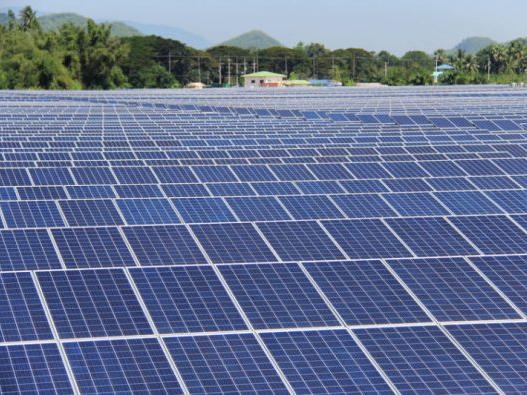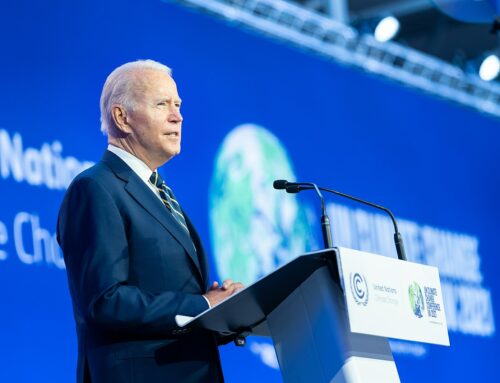by Greg Walcher, E&E Legal Senior Policy Fellow
As appearing in the Daily Sentinel
For the third time in as many years, a major proposed solar plant in rural Virginia has been defeated. The “Maroon Solar” project has withdrawn its application near the small town of Culpeper, after the local planning commission unanimously declined to recommend it to the county commissioners. That action followed a contentious hearing with dozens of local residents in attendance, almost all opposed. The out-of-state company wanted to build a $200 million, 149-megawatt project that would have covered 1,700 acres (zoned for agriculture) near the Rapidan River with photovoltaic (PV) solar panels.
County policy limits solar installations to 300 acres, in an effort to maintain the rural and agricultural history and culture of the area. Anyone who has lived in Virginia knows it isn’t a prime location anyway, for any technology dependent on sunlight. And that begs the question — if Americans really want to switch to solar power, where should they put it?
In my view, historic rural communities surrounded by productive farmland are a poor choice for massive arrays of solar panels. Some advocates suggest the great deserts of the Southwest, where the sun shines most often. There are government maps identifying the best potential regions for various energy resources, including the most abundant coal (Wyoming), oil (Alaska), natural gas (Texas), hydropower (California) and oil shale (Colorado). The Southwest has by far the best potential for utility-scale solar. A swath of America stretching from Grand Junction to Yuma, and including most of western Colorado, southeastern Utah, western New Mexico, all of Arizona and Nevada, and much of Southern California, gets more days of sunshine than any other part of America.






